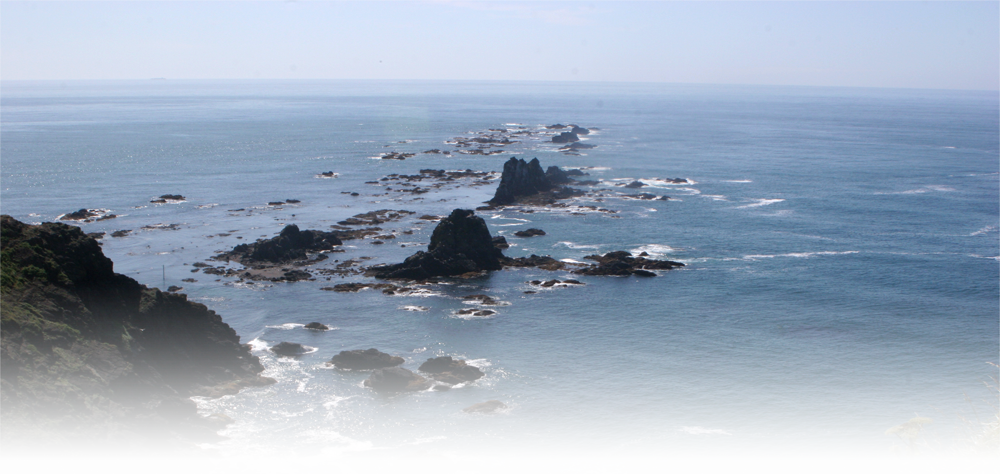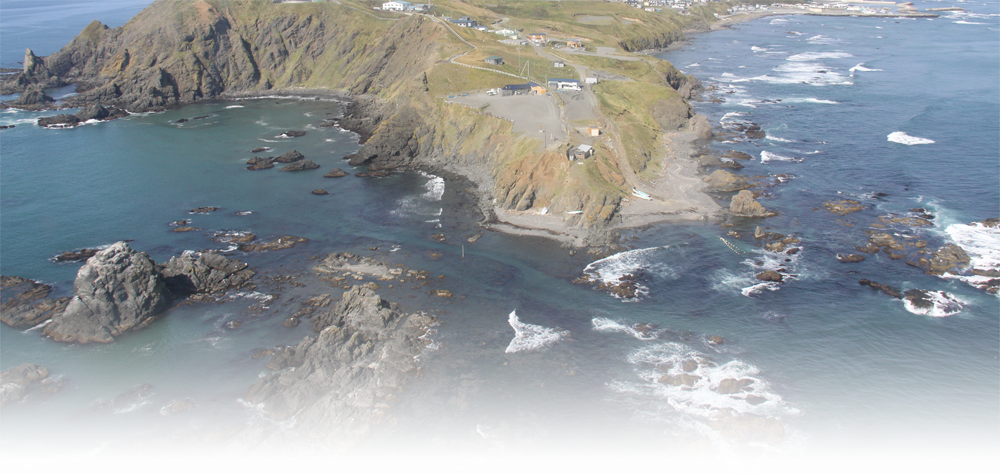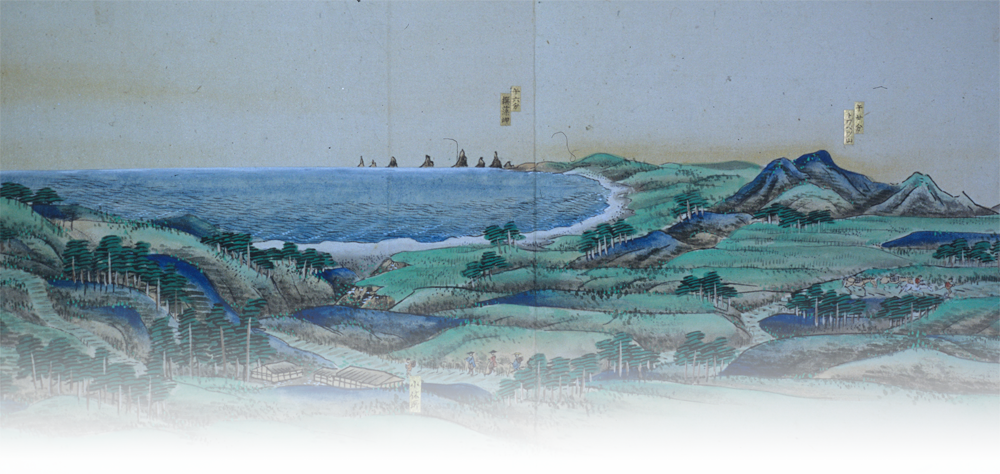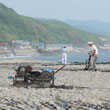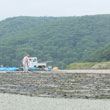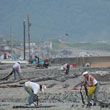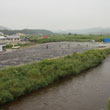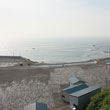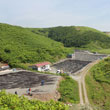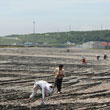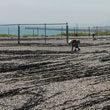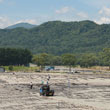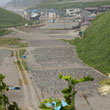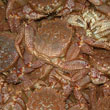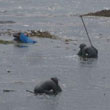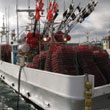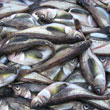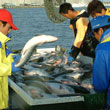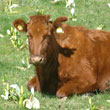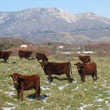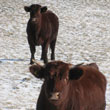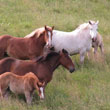
Kombu seaweed (an edible kelp) is mainly harvested here between July and September, but kombu that is washed ashore is collected year-round. After processing, “mitsuishi kombu (Laminaria angustata)” is known as Hidaka Kombu. The umami (or “savoriness”) in kombu has been one of the most important ingredients of Japanese cuisine since the Edo Period.
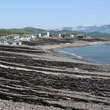


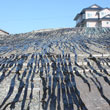
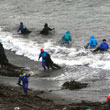

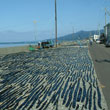
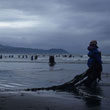
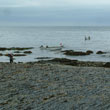
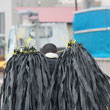

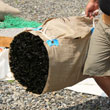
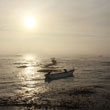


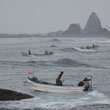

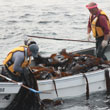
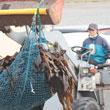
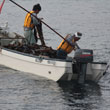
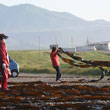
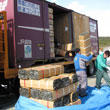
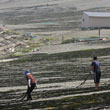
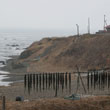
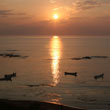
Kombu’s savoriness comes from its glutamic acid, which has garnered attention in the world of French cuisine as “umami”, the fifth human taste. In addition, the water-soluble plant fiber in kombu, such as alginic acid, is a health food that can control blood pressure and help the intestines function better.

The species of kombu harvested in Erimo Town is Laminaria angustata. The length, width and thickness of this particular kombu differs depending on the region. In Erimo Town, which is close to the mountains and ocean, you will find a variety of different kombu drying stations unique to each area of the town.

In addition to kombu, a wide range of other marine produce are caught in the waters off Erimo Town and brought back to its fish market. Visitors to Erimo Town can purchase freshly caught seafood at the store run by the Erimo Fisheries Cooperative.
(Link: http://www.jf-erimo.or.jp/shop/shop.html) (Japanese only)
(Link: http://www.jf-erimo.or.jp/shop/shop.html) (Japanese only)
Horsehair Crab
Whelks
Sea urchin
harvesting
harvesting
Crab trap
Sailfin sandfish
Fixed fishing net
for salmon
for salmon
Fresh catch of
salmon
salmon

Erimo Shorthorn (Tankaku Beef) cattle were introduced in 1895 to combat a downturn in kombu fishing and have been selectively bred and raised for quality. In recent years, some fisheries have begun to delve into fattening cattle, producing a rich, lean red meat that is highly rated. In addition to beef cattle, the Erimo area also raises light breed horses and other livestock.

